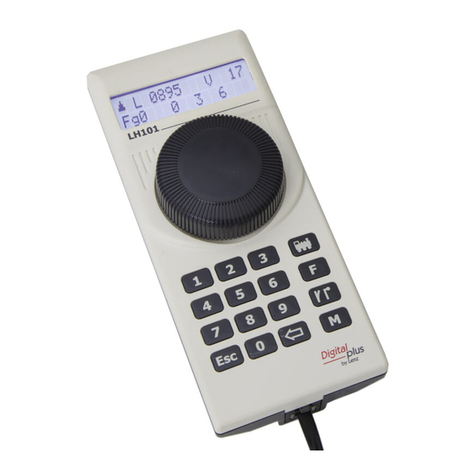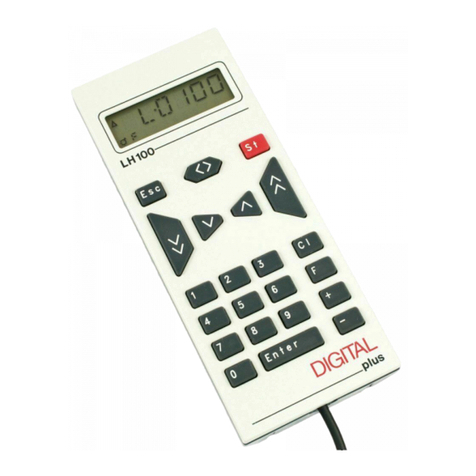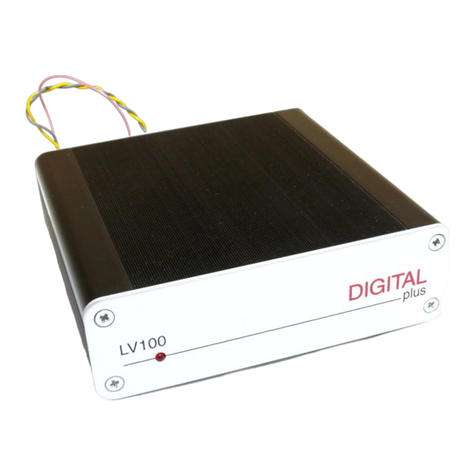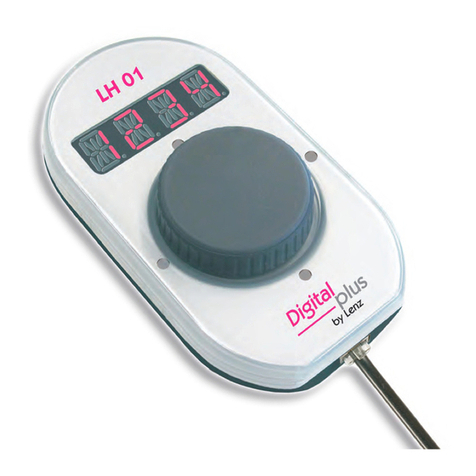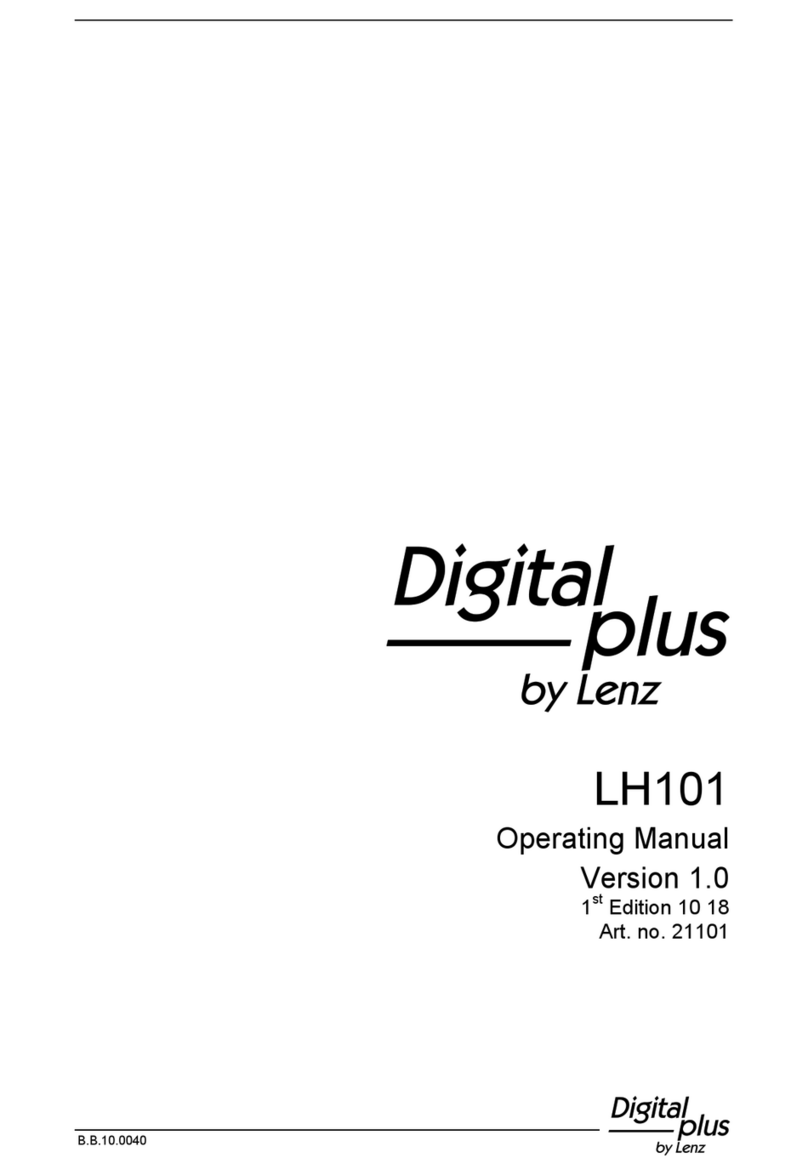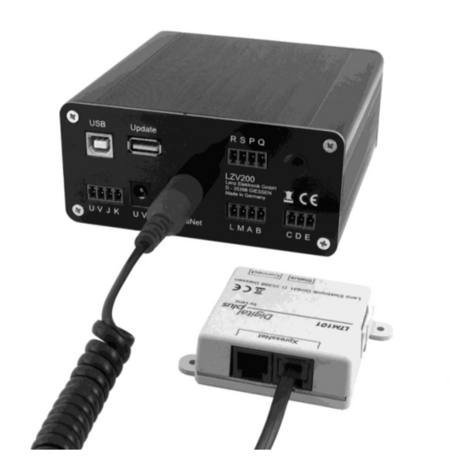S94P01B2 1
Contents
1 Introduction.................................................. 5
1.1 AboutTheseInstructions............................................5
1.2 ScopeofSupply...................................................6
1.3 LegalRegulations .................................................6
2 TechnicalData............................................... 7
2.1 ElectricalCharacteristics............................................7
2.2 Environment......................................................7
2.3 OperatingModes..................................................8
2.4 ConnectionsandI/O ...............................................8
2.5 DigitalI/ORatings .................................................8
2.6 PowerRatings....................................................9
2.7 Dimensions ......................................................9
2.8 Clearance for Cooling Air Circulation. . . . . . . . . . . . . . . . . . . . . . . . . . . . . . . . . .10
3 Installation ................................................. 11
3.1 Wiring..........................................................12
3.2 ShieldingandGrounding...........................................12
3.2.1 GeneralGuidelines ........................................12
3.2.2 EMIProtection............................................13
3.2.3 Enclosure................................................13
3.3 LineFiltering ....................................................13
3.4 HeatSinking.....................................................14
3.5 Line(Mains)Fusing...............................................14
3.6 FuseRecommendations ...........................................14
4 Interface................................................... 15
4.1 ExternalConnectors ..............................................15
4.1.1 P1 & P7 - Input Power and Output Power Connections. . . . . . . . . . . . .15
4.1.2 P2 - Serial Communications Port . . . . . . . . . . . . . . . . . . . . . . . . . . . . . .16
4.1.3 P3-ControllerInterface.....................................16
4.1.4 P4 - Motor Feedback / Second Loop Encoder Input . . . . . . . . . . . . . . .17
4.1.5 P5 - 24 VDC Back-up Power Input. . . . . . . . . . . . . . . . . . . . . . . . . . . . .19
4.1.6 P6 - Braking Resistor and DC Bus. . . . . . . . . . . . . . . . . . . . . . . . . . . . .19
4.1.7 ConnectorandWiringNotes.................................19
4.1.8 P11 - Resolver Interface Module (option) . . . . . . . . . . . . . . . . . . . . . . .20
4.1.9 P12 - Second Encoder Interface Module (option) . . . . . . . . . . . . . . . . .21
4.2 DigitalI/ODetails.................................................22
4.2.1 Step & Direction / Master Encoder Inputs (P3, pins 1-4). . . . . . . . . . . .22
4.2.2 DigitalOutputs............................................23
4.2.3 DigitalInputs .............................................24
4.3 AnalogI/ODetails ................................................25
4.3.1 AnalogReferenceInput.....................................25
4.3.2 AnalogOutput............................................25
4.4 CommunicationInterfaces..........................................26
4.4.1 RS232Interface(standard)..................................26
4.4.2 RS485Interface(option) ....................................26
4.4.3 Using RS232 and RS485 Interfaces Simultaneously . . . . . . . . . . . . . . .26
4.4.4 MODBUSRTUSupport.....................................27
4.5 MotorSelection ..................................................27
4.5.1 MotorConnection..........................................27
4.5.2 Motor Over-Temperature Protection . . . . . . . . . . . . . . . . . . . . . . . . . . .27
4.5.3 MotorSet-up .............................................28
4.6 UsingaCustomMotor.............................................29
4.6.1 Creating Custom Motor Parameters . . . . . . . . . . . . . . . . . . . . . . . . . . .29
4.6.2 Autophasing..............................................30
4.6.3 CustomMotorDataEntry....................................30

